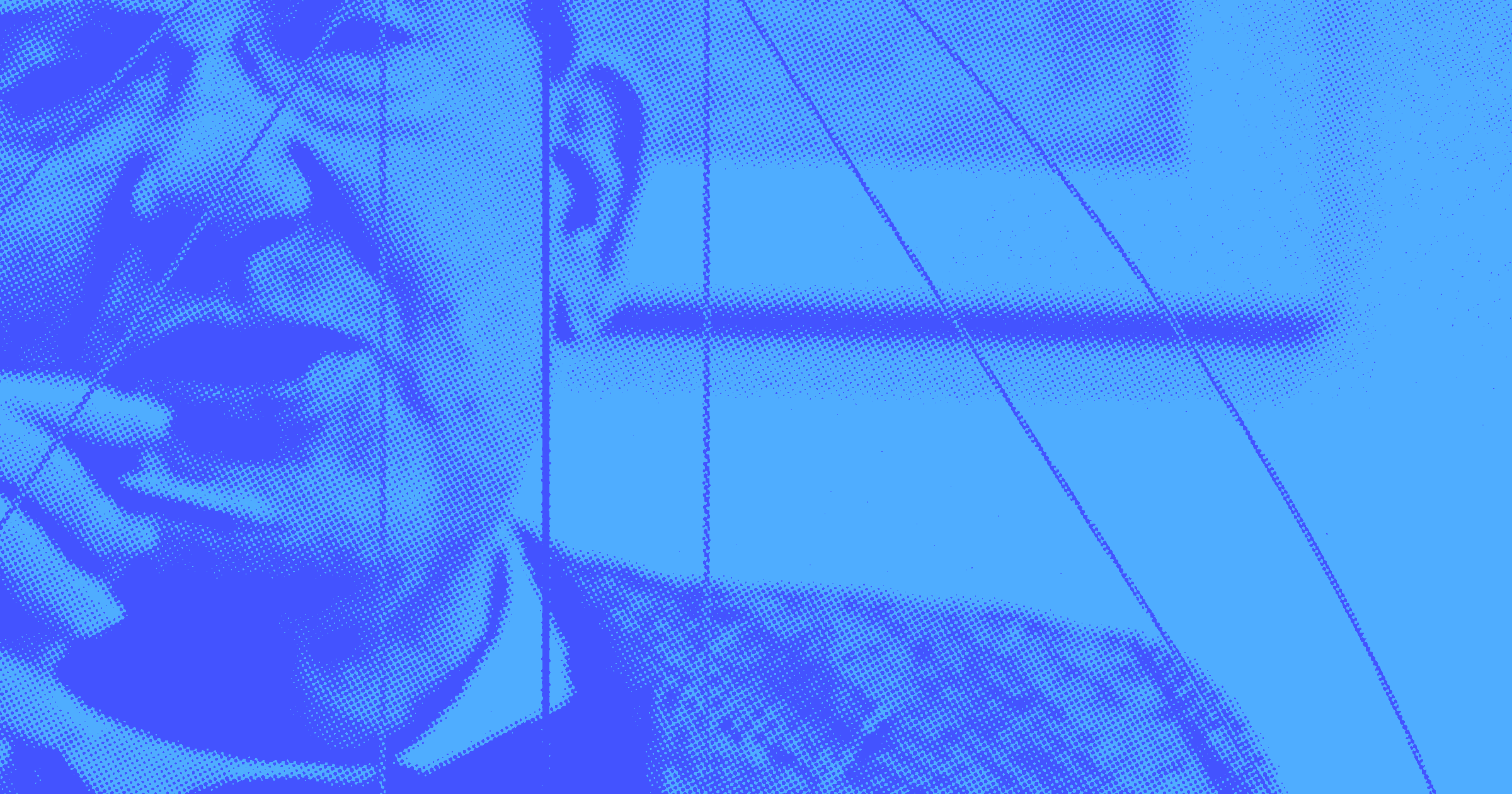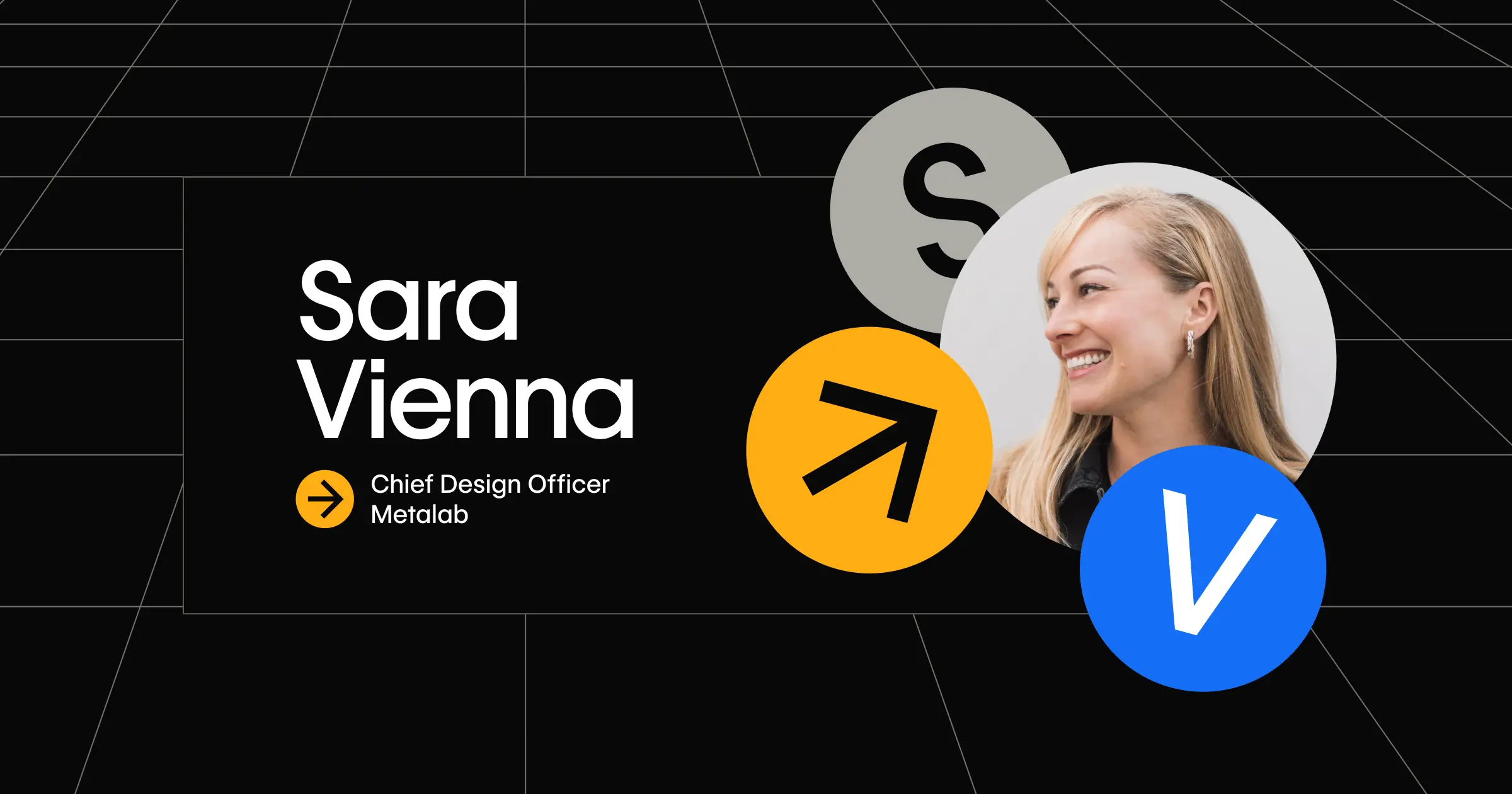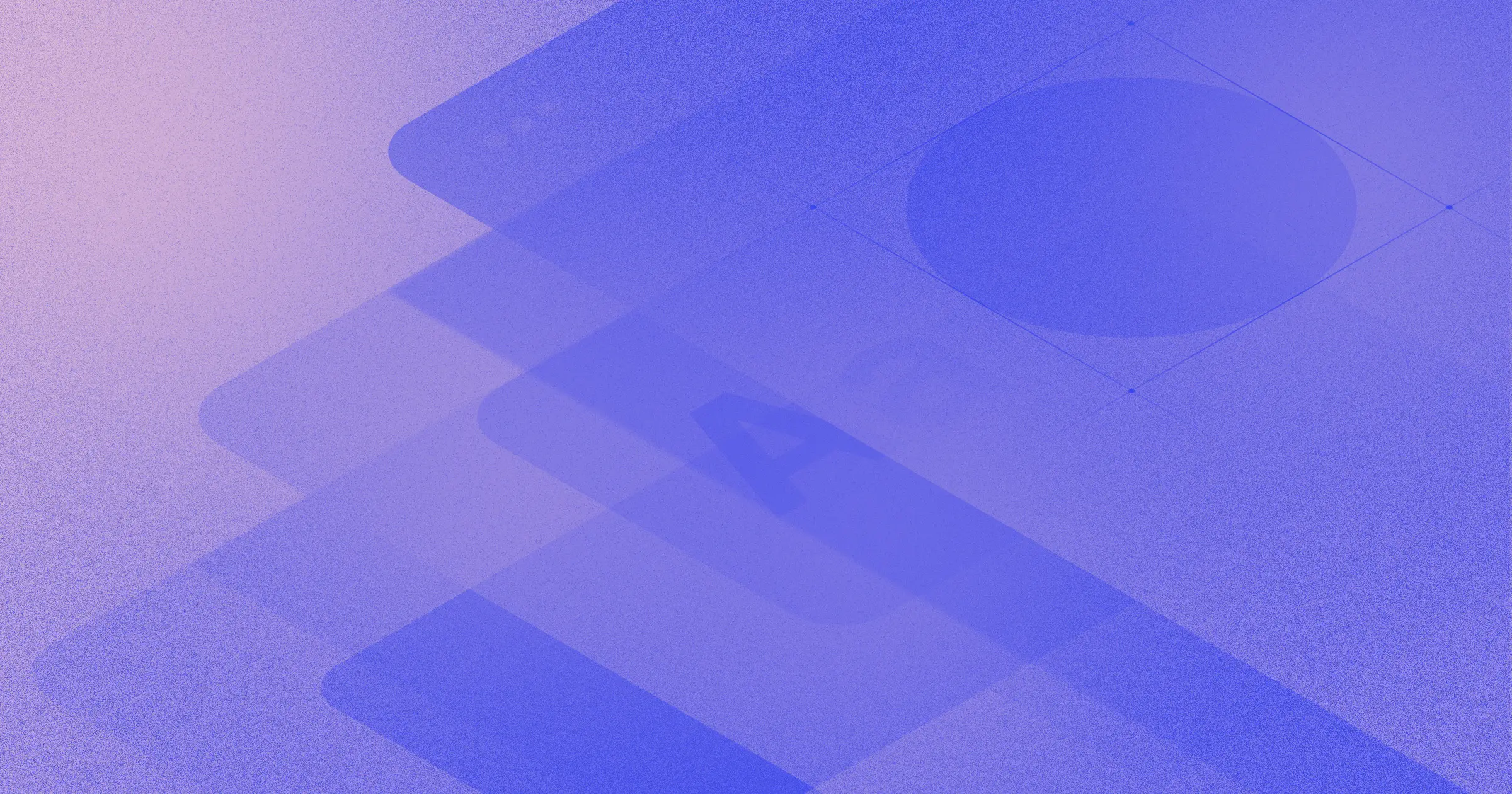Jess Rosenberg is Webflow’s Director of Brand Design & Creative, running a multidisciplinary team of web designers, visual developers, copywriters, and video creatives working on everything from marketing campaigns and branding, to the website itself.
No stranger to the design world, her wealth of prior work experience includes art directing in advertising, time as a Design Lead at Twitter, and serving as Head of Brand and Creative at Mural.
We caught up with her to discuss the business value of involving design into conversations earlier, why design teams are an essential part of building web experiences, and how design is about way more than just visual aesthetics.
What is a designer’s role in building for the web? What do they contribute that people might not even know about?
I think designers typically help to make the web more user-friendly and easier to navigate. Of course, there's the aesthetically pleasing angle—and maybe that's what most people assume the designer’s role is — to just make things look pretty. But it's also about making experiences more user-friendly and accessible, and not just for those who can see and hear. There's a lot of strategy, combined with the actual visual execution that happens before a site is even ready to be built.
Design also helps establish brand image and value — especially for in-house design teams. A website is a reflection of a brand and often the biggest marketing asset for a company. And design can also improve the functionality of a website, making it more efficient and effective, which at the end of the day, helps businesses achieve their goals.
How do teams benefit when design teams are brought into the process of building for the web earlier?
Designers are problem solvers at heart, so when they're brought into a project early on — especially with non-designers — they're able to really help identify and define the problem at hand. On the flip side, if a designer comes in later — and this is something that I've seen throughout my entire career — folks will typically come with solutions first. But we designers want problems; we crave problems. We want to collaborate with you and ask you questions to get to the core of what we're solving. So the earlier we’re involved, the earlier we can identify the specific problem to solve together. And then, we're able to go to the drawing board, understand exactly what problem we're dealing with, and present a variety of potential solutions and how to achieve them.
"But we designers want problems; we crave problems. We want to collaborate with you and ask you questions to get to the core of what we're solving."
Especially in hyper-growth, fast-paced environments, solutions-first is very common because there's likely not enough time to really dig in and identify a problem. And folks just want to ship stuff, get results, and get it out the door. But designers are conditioned to say, “Wait. If we spend just a little bit more time, we can really do this the right way.”
How does a design team’s perspective differ from that of an engineering or marketing team?
In the past, the friction points I’ve witnessed have centered around now being able to ship things fast enough to see measurable impact. If we're doing A/B tests on the website, if we're trying to redesign a pricing page to drive more conversions, or whatever it may be — the friction was that design could work at the pace we needed to, but then the development would take a long time, which would frustrate the marketing team.
At companies that aren't design-led, oftentimes, other teams think good is better than perfect: ”Let's just ship it! It doesn't have to look incredible.” And to me, that’s the ultimate friction point. Designers want what they work on to look good, to work effectively, and to yield positive results. Here at Webflow, we’re a design-led company, so we're never expected to sacrifice quality for speed. And that's honestly partially due to how our own platform unlocks our ability to work and collaborate more effectively. It’s a really empowering feeling to actually get to build your own design without knowing traditional code.
"It’s a really empowering feeling to actually get to build your own design without knowing traditional code."
Do you remember a time you were brought into a project early? What impact did it have on both your design process and the final business outcome?
During my time at Mural, the team wanted to launch a campaign on how the tool helps facilitate meetings. In order to do so, we needed to answer the question: “How can we convince more people that Mural is the right tool to use for meetings in their day-to-day work?” So that was the problem statement.
I then took that problem statement to my team, and we conceived a meeting personality quiz where you answer a bunch of fun questions, and at the end, it says, “You're [x] type of meeting personality, and here are all of the features in Mural you can use based on your personality type.” Because we were brought in super early, we were able to come up with a creative solution that met the needs of the business, and that was also very fun and creative to work on. If we get involved too late, it doesn't leave room for creative exploration. It becomes, “Get the minimum done and get it out the door.” This is unfortunate because there's always potential for more, and the earlier we're brought in, the wider the door for creativity becomes.
What advice do you have for other design leaders looking to get their team a seat at the table earlier? How can they best prove their value to decision-makers?
I would say think of design and development as a joint effort. The more co-ownership between design and development, the more successful the outcome will be. Get those teams talking and encourage them to brainstorm together early on to identify the interactions, the responsiveness, and the accessibility of the page. Along with, of course, making sure the page is satisfying the strategy and solving the problem that's been defined.
"The more co-ownership between design and development, the more successful the outcome will be."
In terms of proving value, I think there are a few areas to focus. Whenever teams, leaders, or designers are presenting work to stakeholders, make sure that you really understand the goals of the business, the goals of the project you're trying to solve, and really try to speak the language of your stakeholders. This includes understanding storytelling and communicating your work in a way that lands with your audience.
I also believe quantifying the value of your design with analytics can pay dividends. If you're trying to design for specific goals, have metrics to back up your work that you can share that prove the positive impact design can have on the business is huge.
Lastly, treat your colleagues as customers and really learn what they're trying to solve. The more that they buy into what you're working on as a designer, the more they're going to vouch for design and care about it as part of the overall process of a business and its goals.



















Tips and strategies from best-in-class organizations
In our ebook, learn how lean teams can overcome organizational obstacles, quantify your team’s impact, and plan and execute your marketing strategy.
































